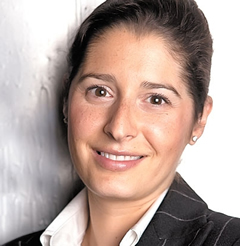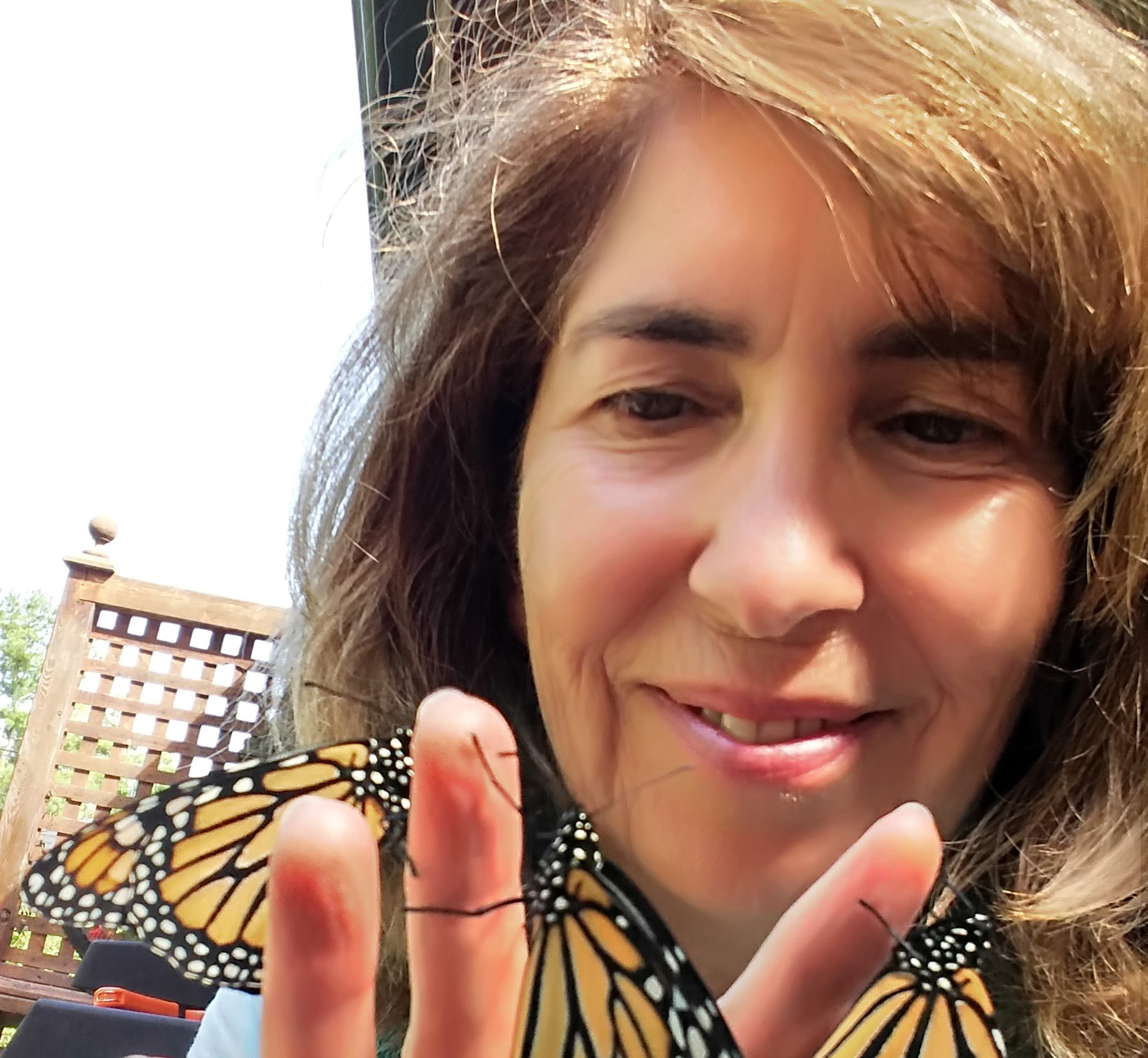Research using CRISPR/Cas9 gene editing is moving so fast that some worry the technology could spin out of control. Already, research teams in China are using CRISPR in highly controversial medical experiments on non-viable human embryos. A team at Harvard University is editing elephant DNA in a bid to resurrect the long-extinct woolly mammoth. British scientists have used CRISPR on mouse egg and sperm to change the colour of the offspring’s fur. A U.S. entrepreneur sells DIY CRISPR kits online for under $200, so you can edit genes on your kitchen table. Is the genie out of the bottle? Are we entering a world of designer babies, CRISPR critters, rogue scientists and zombie apocalypses?
There’s no reason to panic, but the consensus of scientists around the world is that there is reason to create a universal regulatory framework around CRISPR. While there’s widespread support for basic research using CRISPR, an international gene-editing summit held last December in Washington, D.C., declared the technology should not be used in embryos intended for pregnancy. “We just don’t know what the implications would be for future generations,” says Yvonne Bombard, a U of T professor in the Institute of Health Policy, Management and Evaluation, and a scientist at the Li Ka Shing Knowledge Institute at St. Michael’s Hospital in Toronto.
CRISPR may one day be capable of making physical “enhancements” to ensure a certain height, eye colour, perfect pitch or 20/20 vision, but we’re nowhere close to that now. Canada’s Assisted Human Reproduction Act bans the genetic altering of a human cell or embryo that could be passed down to descendants. “[This kind of alteration] has been debated for many years from many different perspectives and has been traditionally viewed almost universally as a line that should not be crossed,” Bombard says.
Bombard is part of a working group with the American Society of Human Genetics, which is currently developing guidelines, as are several other organizations, including the National Academy of Sciences, the National Academy of Medicine and the International Society for Stem Cell Research.
As for the entrepreneurs and DIYers who are editing genes at home, the kits allow only for the making of novelties such as colour-changing yeast or harmless glow-in-the-dark bacteria. Still, the coming regulations will likely cover these bio-hackers, too.
Recent Posts
U of T’s 197th Birthday Quiz
Test your knowledge of all things U of T in honour of the university’s 197th anniversary on March 15!
Are Cold Plunges Good for You?
Research suggests they are, in three ways
Work Has Changed. So Have the Qualities of Good Leadership
Rapid shifts in everything from technology to employee expectations are pressuring leaders to constantly adapt






